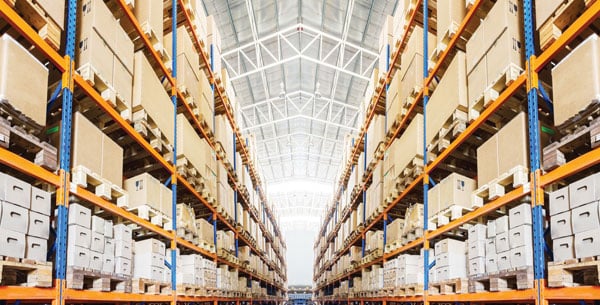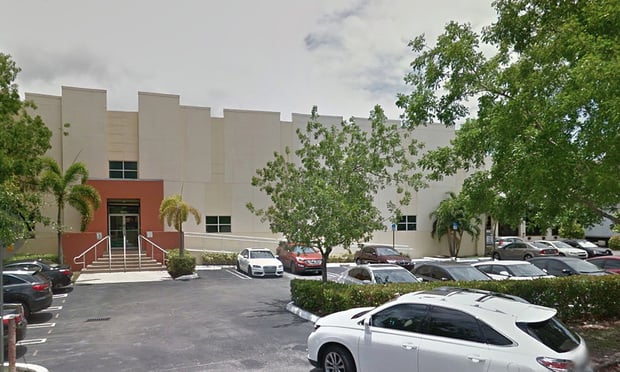Industrial & Distribution Floorspace Today
The difference between 1992 and the current state of the market in 2002 however are caused by different reasons. In 1992, 26% of the amount of space available was on a speculative basis. Today, only 9% is from speculative development, with the rest being second hand space.
The latest figures should not come as a shock, said King Sturge National Partner for industrial agency David Brooks, as the uncertain economic environment during 2002 has resulted in weaker user demand, with many businesses delaying expansion plans. Also, an increase in business failures has resulted in more space coming back onto the market.
Brooks added: "The freehold market is remaining robust, with quality stock attracting interest from both occupiers and investors. Effective lease lengths are becoming shorter as voids lengthen, with break clauses becoming increasingly common for new or modern space. The continued economic uncertainty is resulting in occupiers becoming increasingly unwilling to commit to long term leases, particularly if they have to satisfy their requirements at the present time.
Want to continue reading?
Become a Free ALM Digital Reader.
Once you are an ALM Digital Member, you’ll receive:
- Breaking commercial real estate news and analysis, on-site and via our newsletters and custom alerts
- Educational webcasts, white papers, and ebooks from industry thought leaders
- Critical coverage of the property casualty insurance and financial advisory markets on our other ALM sites, PropertyCasualty360 and ThinkAdvisor
Already have an account? Sign In Now
*May exclude premium content© 2024 ALM Global, LLC, All Rights Reserved. Request academic re-use from www.copyright.com. All other uses, submit a request to [email protected]. For more information visit Asset & Logo Licensing.








